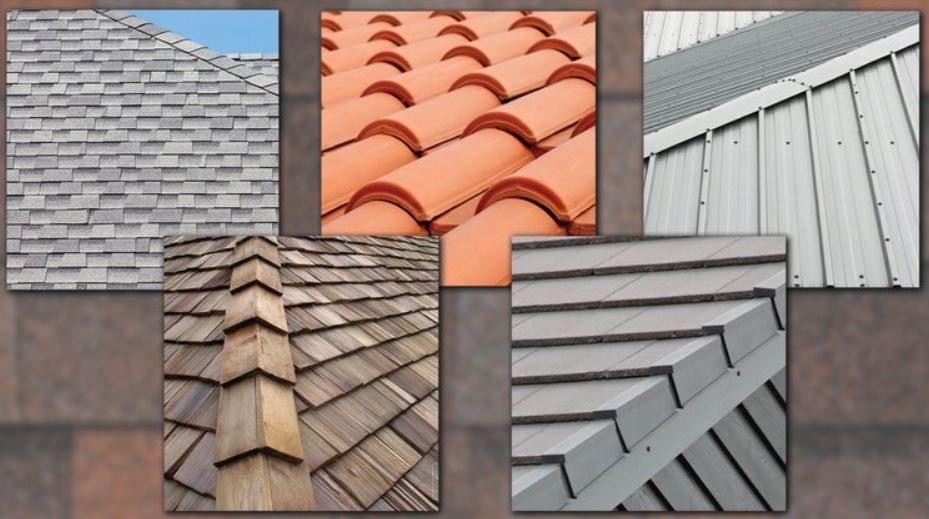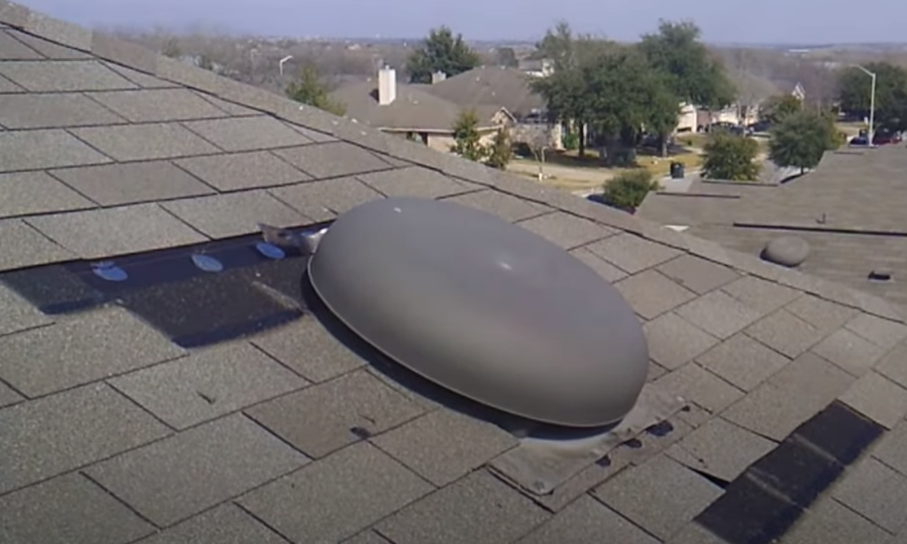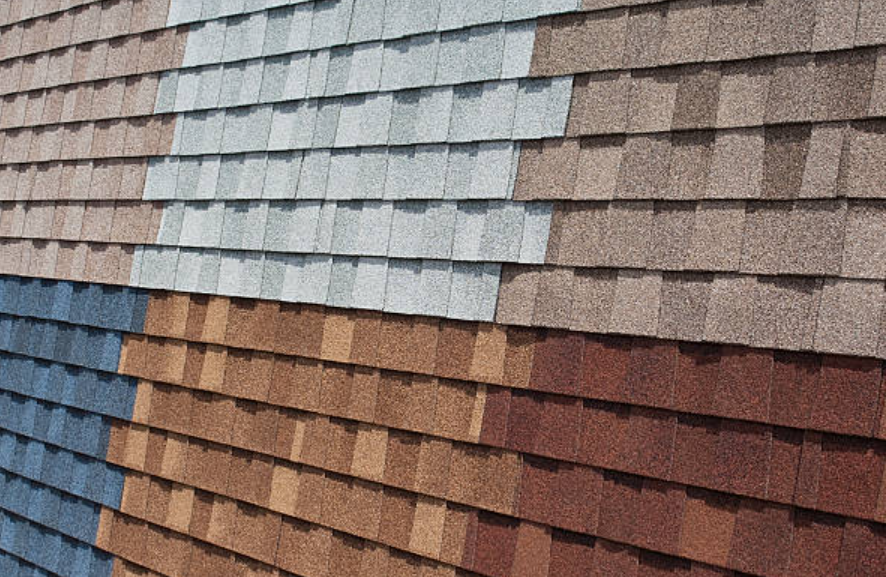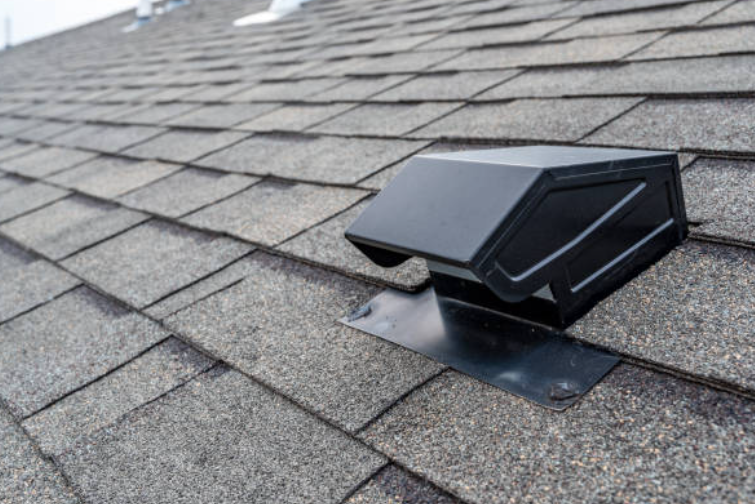How to Choose the Right Roofing Material for your Texas Home
Pros and Cons of Different Roofing Materials

Your home's roof is its first line of defense against the harsh Texas weather elements such as wind, rain, hail, and even snow in the North. Choosing the right roofing material is essential, as it can affect your home's energy efficiency, durability, and overall aesthetic appeal. With so many roofing options available, it can be overwhelming for homeowners to choose the right one for their needs. In this article, we will provide an overview of the different types of roofing materials available and their respective benefits and drawbacks, helping Texas residents make an informed decision.
Types of Roofing Materials
There are many different types of roofing materials available on the market today. These include include asphalt shingles, which are affordable and easy to install; metal roofing, which is durable and energy-efficient; slate roofing, which offers a classic and elegant appearance; clay and concrete tiles, which are long-lasting and fire-resistant; and wood shakes and shingles, which offer a natural and rustic look. Each material has its own unique set of advantages and disadvantages, making it important to carefully consider your options before making a decision.
Asphalt Shingles
Asphalt shingles are the most popular roofing material in the United States, and for good reason. They are affordable, easy to install, and come in a wide range of colors and styles, making them a versatile choice for most homeowners. Asphalt shingles are durable, with an average lifespan of 15-30 years, and are resistant to fire and wind damage. They are also relatively lightweight, which makes them a good option for homes with steep-sloped roofs. However, asphalt shingles are not very eco-friendly, as they are made from petroleum-based materials and are not easily recyclable. Additionally, they are not suitable for homes with low-sloped or flat roofs, as they are prone to leaks and water damage.
Metal Roofing
Metal roofing has become increasingly popular in recent years due to its durability and energy efficiency. Metal roofs come in a variety of materials such as aluminum, copper, steel, and zinc, and they are lightweight, fire-resistant, and can last up to 50 years or more with proper maintenance. They are also eco-friendly, as most of them are made of recycled materials and can be recycled again at the end of their lifespan. Metal roofs reflect sunlight, reducing the amount of heat that enters your home, which can save you money on energy bills. However, metal roofs can be noisy during heavy rain and hailstorms, which can be a concern for some homeowners. They are also more expensive than asphalt shingles, which can be a barrier for those on a tight budget.
Slate Roofing
Slate is a natural stone that is quarried and cut into roofing tiles. Slate roofs are known for their beauty and durability, with an average lifespan of up to 100 years. They are fire-resistant, eco-friendly, and can withstand severe weather conditions. Slate roofing comes in a variety of colors and textures, making it an excellent choice for homeowners who want a unique and elegant look for their home. However, slate roofing is one of the most expensive roofing materials available, and it requires professional installation and maintenance. Slate is also heavy, which means not all homes can support its weight, and it can be challenging to find a contractor who is experienced in working with slate.
Clay and Concrete Tiles
Clay and concrete tiles are common in Mediterranean-style homes and other homes with a Spanish or Southwestern aesthetic. They are durable, fire-resistant, and can last up to 50 years or more. Clay and concrete tiles are energy-efficient, as they reflect sunlight and help to keep your home cool. They come in a wide range of colors and styles, giving homeowners plenty of options to choose from. However, clay and concrete tiles are heavy, and not all homes can support their weight. They are also more expensive than asphalt shingles, which can be a deterrent for some homeowners. Additionally, clay and concrete tiles can be brittle, which means they are more susceptible to cracking or breaking if something heavy falls on them.
Wood Shakes and Shingles
Wood shakes and shingles are made of cedar, redwood, or other types of wood. They are known for their natural beauty and insulation properties, which can help to reduce energy bills. Wood shakes and shingles are eco-friendly, as they are made of renewable resources. They are also durable, with an average lifespan of up to 30 years or more with proper maintenance. However, wood shakes and shingles require more maintenance than other roofing materials, as they are prone to rot, mold, and insect damage. They are also not fire-resistant, which can be a concern in areas prone to wildfires. Additionally, some local codes may prohibit the use of wood.
Price
The price of roofing materials can vary greatly depending on factors such as location, installation costs, and material quality. However, as a general guideline, here are the approximate percentage prices of some common roofing materials compared to the most common, asphalt shingles.
- Metal roofing: 200% of the cost of asphalt shingles
- Slate roofing: 500%+ of the cost of asphalt shingles
- Clay and concrete tiles: 200%-300% of the cost of asphalt shingles
- Wood shakes and shingles: 150%-250% of the cost of asphalt shingles
It's important to note that while some roofing materials may have a higher upfront cost, they can offer long-term savings in terms of energy efficiency, durability, and lifespan. Additionally, some roofing materials may require more maintenance or roof repairs over time, which can add to their overall cost. Let's look at the lifespan of each below.
Lifespan
The lifespan of roofing materials can vary greatly depending on factors such as weather conditions, installation quality, and maintenance. Here are the approximate percentage increases in lifespan of some common roofing materials compared to asphalt shingles.
- Metal roofing: 150%-300% increase in lifespan compared to asphalt shingles
- Slate roofing: 500%+ increase in lifespan compared to asphalt shingles
- Clay and concrete tiles: 200%-300% increase in lifespan compared to asphalt shingles
- Wood shakes and shingles: 50%-100% increase in lifespan compared to asphalt shingles
Some roofing materials may not be suitable for all types of homes or climates, so it's important to consult with a roofing professional to determine the best material for your specific needs.
Conclusion
In conclusion, choosing the right roofing material for your home is a crucial decision that can impact your home's energy efficiency, durability, and overall aesthetic appeal. When selecting a roofing material, it is essential to consider factors such as cost, durability, energy efficiency, and environmental impact. If you're unsure which roofing material is the right fit for your home, it's best to consult with a roofing company such as Amarillo TX Roofing Pros who can provide you with expert advice and guidance. Additionally, it's important to consider your location and the weather patterns in your area when choosing a roofing material. For Texas residents, it's essential to select a material that can withstand extreme heat and high winds. By taking the time to research and choose the right roofing material, you can ensure that your home is protected and secure for years to come.
You might also like
Contact Us Today!!

Services
Working hours
- Mon - Fri
- -
- Sat - Sun
- Closed


